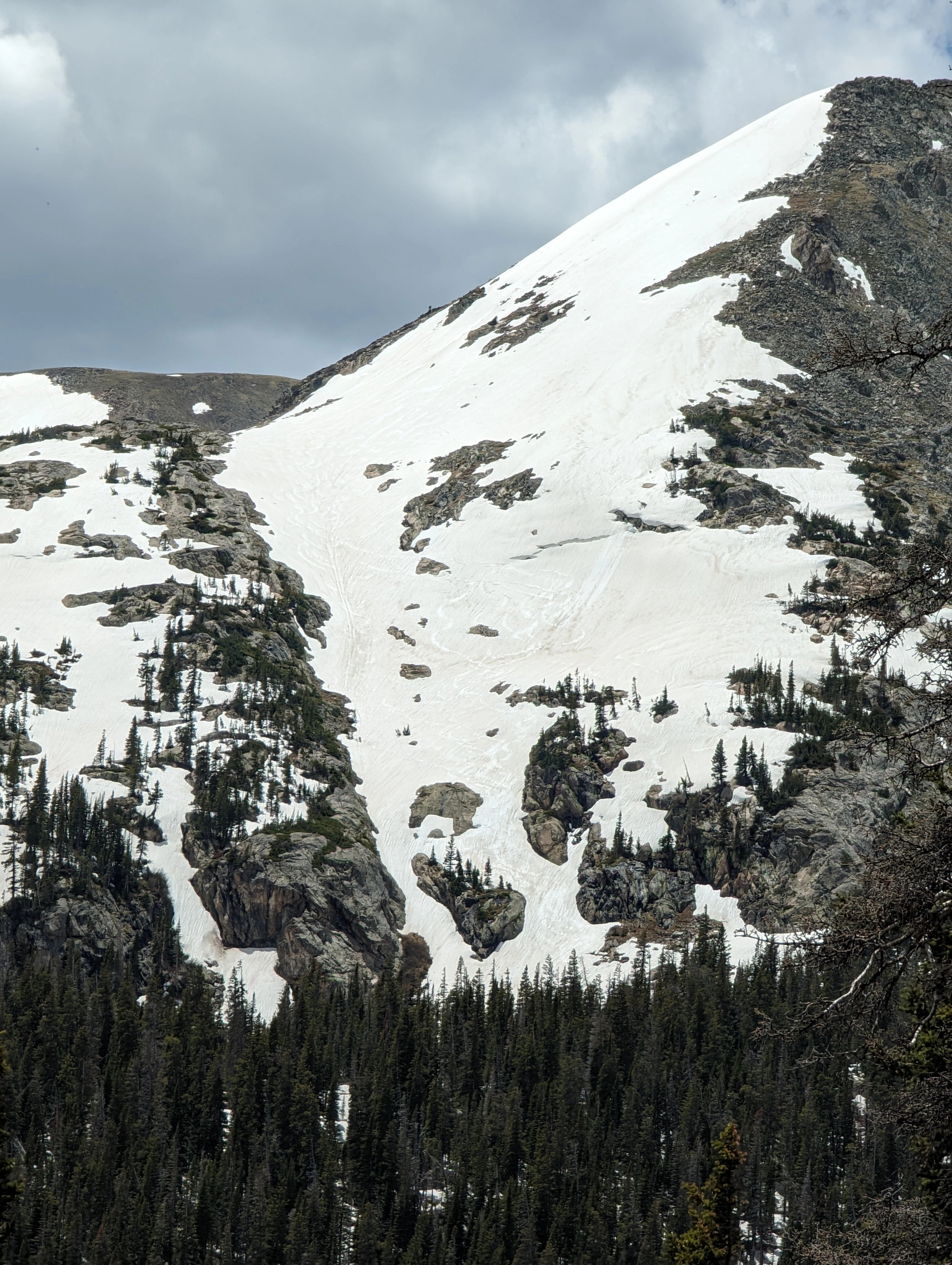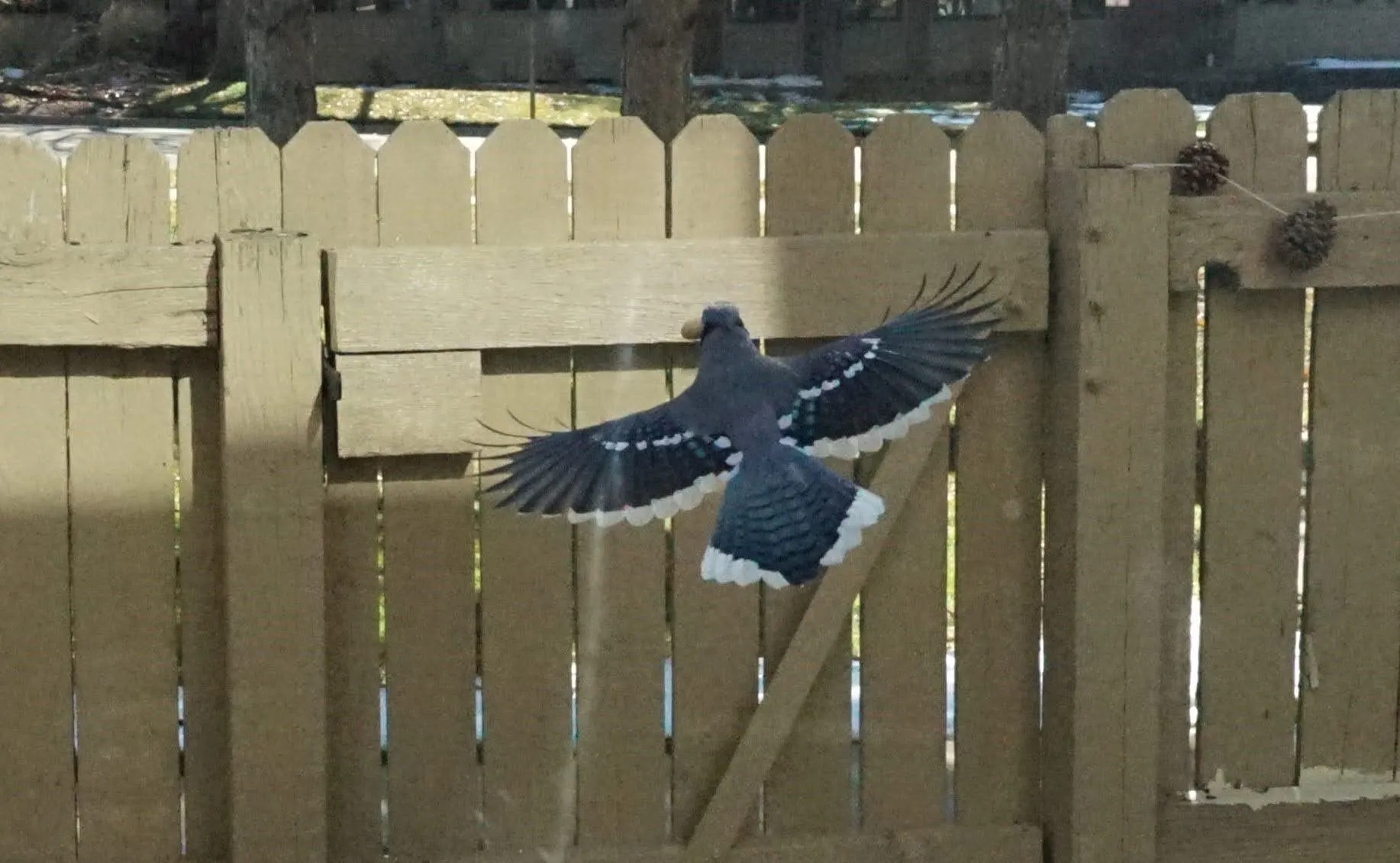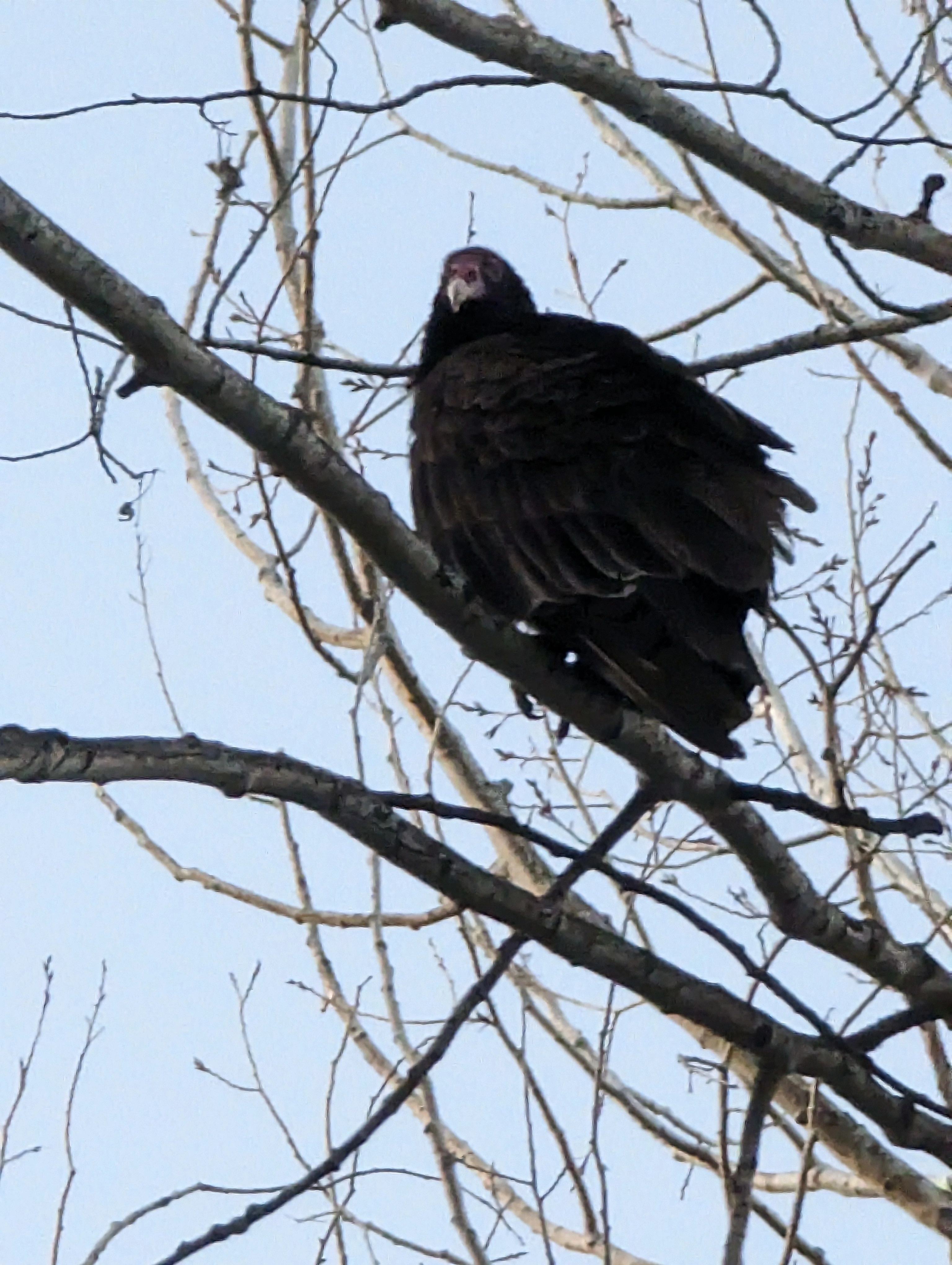Hehe, I just grabbed the number off wolfram alpha's size comparison. Wouldn't surprise me if they are wrong, not sure where they scrape the data from. Anyway, my point stands, six microns is still stupidly small. Some dust or hair on the cutting edge and your precision is now out the window.
six microns
Given that human chromosomes are on the order of 5 to 10 microns, I am thinking this export regulation doesn't apply to the hobby market. This is "use the machine in a clean room" level precision.
I wish there was a directory of WFH friendly companies somewhere. I have done the math and work from home saves me a ton of money and time. Plus, it seems like an enormously beneficial choice if you care about global climate change. Small companies that are willing to figure out how to maintain a good culture while working from home have a huge hiring advantage.
They usually choose a subset of customers to try UI changes on before rolling it out to everyone. This way they can estimate the general reaction before committing to it. They probably also have a dozen different layouts and text for this dialog that they are testing to see what makes people most likely to click yes. Its all just statistics to them.
It's not about maneuverability in either direction for me, it is about visibility. Things change quickly with traffic when pulling out of a parking spot. Therefore, I like having the drivers seat closer to the traffic reducing visibility obstructions on either side. When backing in, it is much less likely for something to move so I can simply memorize the positions of things before even starting to back up.
Admittedly, with a good backup camera this becomes less important. But my car is too old for backup cameras. I bike most days anyway so I am probably not replacing my car any time soon.
The USGS has a much better article.
https://www.usgs.gov/news/featured-story/potential-geologic-hydrogen-next-generation-energy
It does sound promising, but it looks like there is a fair amount of work to make it economically viable.
Thanks, I'm just thinking there should be a button somewhere on the community or user profile. I'm guessing we are going to get a lot more of this crap as time goes on.
Yeah, it could also just be a complete scam to get PayPal info or something. I'm just surprised there isn't a "report community" or "report user" button.
Feel free to report it if you can figure out how. I gave up looking for the right link on Amazon's page.
How do I report a spam user or community?
So I just came across a community being used to solicit fake Amazon reviews. But I don't see a way to report this to the admins. Since the user in question moderates the community they are posting spam to, it seems like the report button will just go to them?
https://lemmy.world/c/amazonreviewerclub
Edit: seems to be gone now, perhaps reporting one of the posts was enough. Not sure what that looks like on the admin interface.
Gadgetbridge looks cool. I wish I had known about this before buying a Fitbit. I wonder how hard it would be to add support.
I guess the libraries and schools can make the decision and throw out things they don't find useful.
It probably also depends on the book. I have tons of outdated books on obscure topics within engineering, science, and computing. I doubt anyone would check out my 1995 book on the Vi text editor from a library. Although, if I'm lucky, perhaps it could be a collectors item some day. In reality, I'm probably going to just say "thank you for helping me so many years ago" and respectfully recycle the book.
Mind if I ask where? I would love to see the glow worms some day. I have only seen videos, but it looks amazing.
When I configured it, a 13" mac pro with 16GB ram and 1TB SSD is $1600 from apple, the 13" framework with 16GB ram and 1TB SSD is $1065. That comes out to a 60% difference for the most basic configuration I would consider.
I bought a framework laptop for my significant other last year and it's amazing. It feels super solid like a Macbook but is easy to open and change out parts. Nothing has broken but adding some ram was probably the most pleasant experience I have had working on a laptop. Plus, the main PCB can run without the rest of the laptop so perhaps a great home automation server or TV computer if we upgrade.
My next machine is definitely going to be one of these. Way cheaper than Apple if you want more than 8G of RAM and a decent amount of disk space.
A bit more historic, but still very relevant. The FBI used surveillance in repeated attempts to discredit Martin Luther King JR. It's chilling how they used the information they gathered to try to get rid of MLK any way they could. They were even trying to use information they gathered to convince him to commit suicide.
I liked the idea more than advertising to be honest. But it felt weird voluntarily giving them money while they were using ads too. Ever since I cancelled my last cable tv in the mid 2000s I refuse to pay for anything with ads.
Awesome, I will keep posting like I have been and hopefully more people will join in over time. As of June, I am pretty much done for the year but I'll keep the posts going with older photos. Always good to keep the stoke in the of season!
I could certainly see this as another reason people defending car centric infrastructure would be defensive. Walking is truly miserable in many cities and some people may not even know that it can be nice. My area is decently walkable so I probably have some bias in my observations. I will keep this perspective in mind, thanks!
I have found people on the car side of things to rarely come to a discussion in good faith which is frustrating to say the least. However, I am advocating for coming to the conversation in good faith regardless. Someone needs to take the first step to connect in any argument.
Ongoing and curated list of good streaming science videos?
I really enjoy videos about science, but they are getting harder to find on modern platforms. Is there a community out there dedicated to discussing and recommending good content regardless of platform?
There seems to be some really good content out there from various sources and platforms. For example, YouTube has PBS spacetime, Kurtzgesagt, Natural World Facts, and more all of which seem well researched. I even enjoy things that are more speculative as long as they explain clearly where the speculation begins like Alien Worlds on Netflix. I have also found good stuff on various other platforms.
Unfortunately, searching and doing the homework on the reliability of each channel and creator has become a bit of a chore. The channel Natural World Facts in particular is something I could have easily missed just because it's relatively small compared to the others and the name sounds similar to the kind of content I often avoid. I think we all know how bad things can get if you just let "The Algorithm®" choose for you.
Eventual Consistency Between Instances?
I was curious how the synchronization behaved between instances so I posted a comment while lemmy.world was on 0.17 and temporarily disconnected from lemmy.ca. I noticed that even though lemmy.world and lemmy.ca are on 0.18.1 and 0.18 now, the comment still has not gotten to lemmy.ca. If a comment is posted while there is a network partition of some kind, do the comments eventually get through or are comments only synchronized between instances when they are posted?
Thank you @Pat12 for helping out moderating!
I just wanted to make a post with a quick thank you to @Pat12 who moderates /c/skiing for helping out with moderating this community. @Rudd made a good point that each community should have enough moderators that spam won't sit around.
I think it is important to have more than one moderator for wilderness sport communities in particular. Many of us enjoy trips beyond cell phone range and the community deserves prompt attention to spam and other undesirable content.
My goal is to build a community where we can discuss back country skiing on our own terms. I chose lemmy.world because the overall server rules appear to be reasonable. I don't intend to make any additional rules unless something becomes a problem. I do hope that others will volunteer to help moderate this community as we grow.
I am always open to suggestions about how to run the community better so feel free to comment or send me messages.
Walkie talkies, a crucial piece of gear?
When the Evergreen-based Alpine Rescue Team received a call this past Memorial Day weekend for a skier who had taken a 1,000-foot fall through a couloir off Torreys Peak, just east of Summit County, the...
I was resistant to carrying these in addition to all the other safety gear. However, the last couple years have shown me that they are very useful and can make a huge difference in an emergency.
Now the real question: should we use the "walkie talkie" naming convention for all our gear? I propose henceforth avalanche beacons be called "slidey findies".
Back country skiing 101: Getting up the mountain when things get steep.


Sometimes skins aren't enough to get up steeper sections. In this photo, I am climbing Snow Lion couloir. I have metal spikes on my ski boots called crampons that allow me to kick into the hardened spring snow. Also, there is a whippet ski pole in my right hand to stop myself if I slide down the mountain (not visible in the photo unfortunately). This is similar to an ice axe but combines with the ski pole for ease of use. For more information, you can read about the self-arrest mountaineering technique.
Snow stability: In Colorado and many other areas with contenental snow packs, this kind of slope presents a high risk of avalanche for most of the year. However, prediction of avalanche danger becomes more reliable in the spring when the snow melts and sticks together more (known as isothermalization). However, one must always be aware of other factors affecting the snow such as the temperature the night before, rain fall, time of day, and more.
As always, seek proper in-person training before attempting this kind of thing. This post is simply to satisfy curiosity and drive discussion.
Awesome day of spring skiing on Mt. Jasper Jun 18th

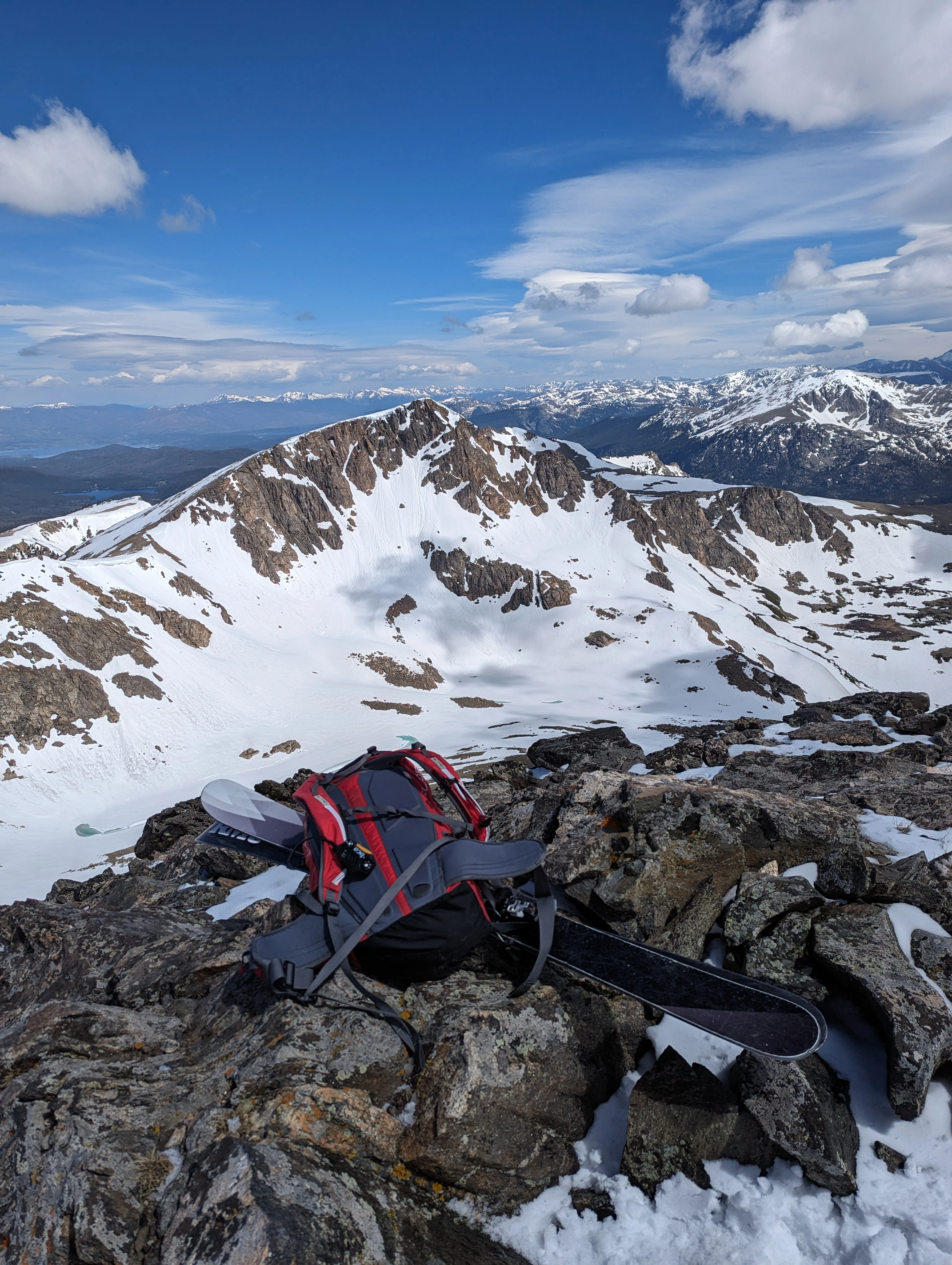
cross-posted from: https://lemmy.world/post/302501
> The photo is of Mt. Neva from the top of Jasper peak. Great day with perfect snow.
Awesome day of spring skiing on Mt. Jasper Jun 18th


The photo is of Mt. Neva from the top of Jasper peak. Great day with perfect snow.
Back Country 101: Safety and Avalanche Training
If there is one thing that never changes about the outdoors it is that nature is trying to kill you. Back country snow sports put you right in the middle of a dynamic natural environment making safety training and constant decision making crucial to your safety.
This post is meant to raise awareness only, please find a qualified local organization to take in-person training. Never use internet strangers as your only source of information!
In this post, I will talk about a few topics that I have found to be important in my 15 years of back country skiing. This is not an exhaustive list and only briefly introduces each topic.
-
Avalanches
-
Rescuing people in the back country
-
Physical injury unique to back country
-
Communication with your group
-
Regional Specific Safety (crevasses, undermined snow etc)
-
Contingencies
Avalanches
An avalanche occurs when a layer of snow slides down a slope. These happen extremely quickly and can become terrifyingly large. A skier caught in one of these slides can be buried or injured severely. Most of your avalanche training will center around identifying how and where avalanches will form and how to safely avoid them while planning your route. Some of the training also covers what happens if an avalanche occurs. However, its important to point out: once someone is buried in an avalanche, their chances of survival go down significantly.
Here is a video capturing an avalanche and parts of a rescue. This group made some mistakes that got them into the avalanche in the first place, but their rescue effort after the fact is quite nice in my opinion. The end of the video leads into my next point nicely.
Rescuing people in the back country
Getting an injured person out of the back country can be extremely difficult. The video linked earlier has an extremely fast rescue at the end. In my experience, it takes search and rescue closer to 12 to 24 hours to get to an injured person (when they know the location). The search and rescue team in my area is fantastic, its just an extremely hard job.
You need to have the equipment, skills, and competent ski partners to survive for the time it takes to get rescued if you get injured. Contrary to the movies, helicopters are often a last resort for rescue operations due to the danger of landing in the mountains on uneven terrain. You are more likely to be carried out on a sled.
Physical injury unique to back country
You will hear a lot about avalanches but they aren't the only danger in the back country. In no particular order, here are other things to watch out for safety wise:
-
Make sure you have well-adjusted boots and bindings. It is not uncommon for serious leg injuries to occur if your binding isn't set up right. (This is the same for resort skiing)
-
Hidden rocks under the snow. Ski resorts often mark such obstacles but there is no such markings in the back country. Catching a rock can really hurt, especially if there are more rocks or shallow snow nearby.
-
Head injuries. This is pretty much the same as resorts. I strongly recommend wearing a helmet and replacing it every 5 years.
-
Snow blindness. Good sunglasses or goggles are a must, reflections from the snow make the landscape significantly brighter than normal and you can become temporarily blind without eye protection.
Communication with your group
Above all, the thing I have found to be the most important for safety is good communication with your group. If you see something that looks unsafe speak up! Never let one person convince the group its safe when you still have your doubts.
This communication should start when you are planning your trip, each member of the group should know where you are going, what the risks are and how you plan on mitigating them.
Regional Specific Safety (crevasses, undermined snow etc)
Always be aware of any specific hazards in an area. You should always read about your area and talk to knowledge people before you go. Here are a few examples.
Crevasses form when snow and ice flow downhill and create gaps in the snow. These are usually associated with glaciers which have their own set of safety precautions and training.
Flowing water can create undermined snow that can fall out from underneath you. Creeks, swamps, waterfalls and more can present various hazards to back country travel on the snow.
Holes can form next to trees when the snow accumulates around the tree but not as much underneath. It is possible to fall into these and get seriously stuck. Search for "tree well" for more info.
Contingencies
Your first line of defense against accidents, injuries, and catastrophes is the group you go with. If someone breaks a leg or is buried by an avalanche seach and rescue will not get there fast enough if you cannot take the first steps with rescue and first aid. However, it is good to plan on how you will get in contact with search and rescue if an incident occurs.
It is considered good practice to let someone know where you will be and when you expect to be back. Such instances are rare, but if something happens affecting the whole group, there will be someone who knows where to look for you.
In a more typical situation, you have someone in your group go to the trailhead and contact search and rescue from there. When doing this, you also generally want to leave someone with the injured person if possible. (This is the most common scenario in my experience).
Some people like to use personal locator beacons (PLB for short) which can transmit your location directly to search and rescue. I know people who have used PLBs and believe they are critical safety equipment. However, no technology can substitute good planning and training. As I mentioned earlier, it can take hours or sometimes even days for search and rescue to get to a location. Also, technology can fail, batteries die and satellite communications can be disrupted by weather. The PLB sould not be your only contingency plan.
Anyway, thanks for reading this far. Comments, suggestions, questions, criticism are all welcome!
Back country skiing 101: How do you get up the mountain?

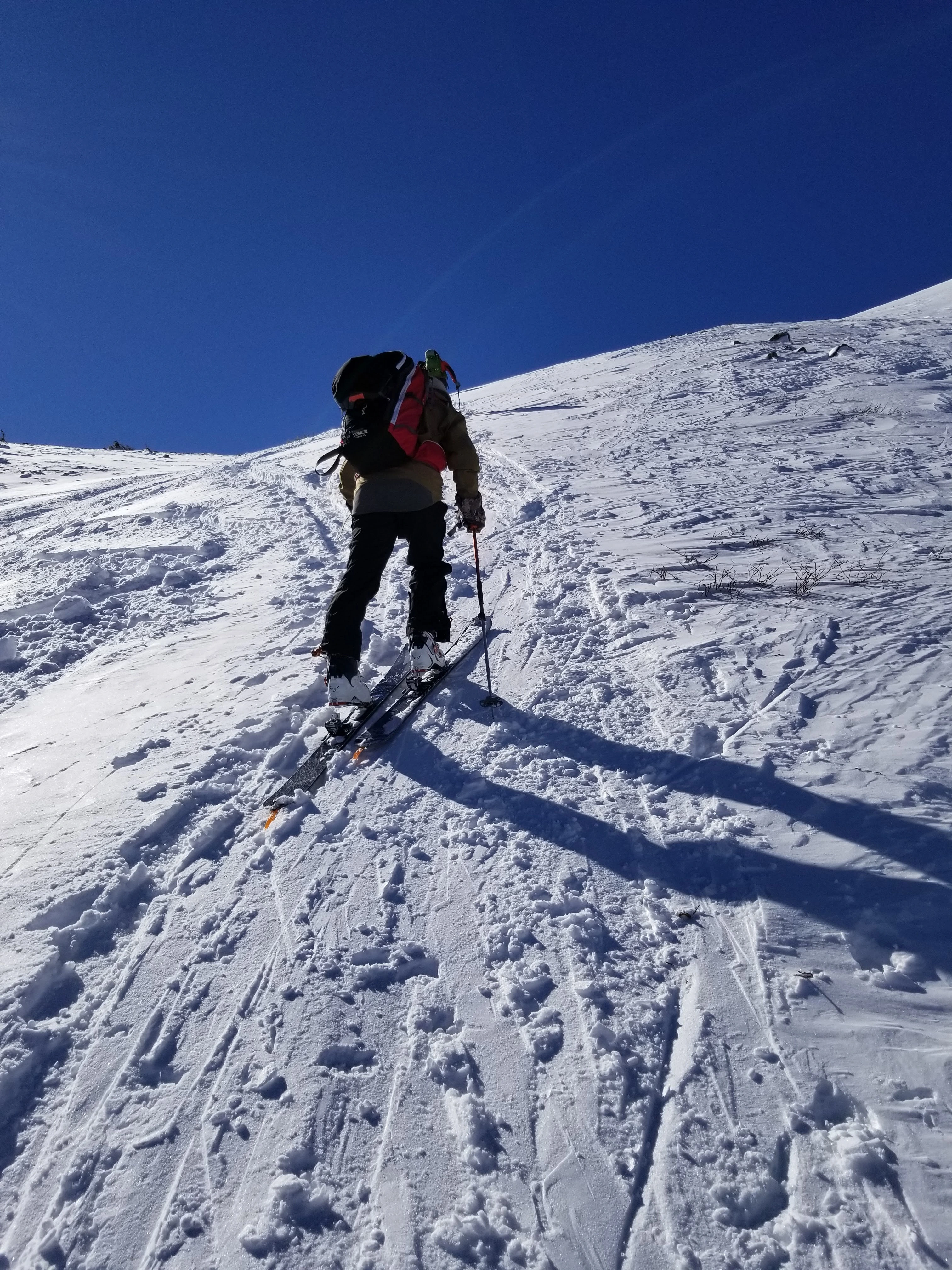
Since things are pretty small right now, I am going to make a few posts introducing the sport of back country skiing. Remember the first step before going into the back country is to take an in person avalanche course (see the side bar). All the titles will start with "Back country skiing 101" so they can be found easily. As always, questions comments, or snide remarks are welcome!
One of the first questions people usually ask me about back country skiing is "How do you get up the mountain without a chair lift?".
There are a few different ways but the most common is called "skinning" as shown by this photo. The skis are pretty similar to resort skis (but often lighter). I use bindings that can be released at the heel and pivot near the toe letting the ski slide along as you walk like a cross country ski. There are skins attached to the bottom of the skis that allow the ski to grab the snow rather than sliding backwards. These skins also allow the ski to slide forward easily. The skins attach using a combination of removable glue and hooks on the front and back of the ski (the orange tails on the back of my ski are where these hooks mount). The boots are also a little different from what you may find in a resort, the ankles can pivot freely until you lock them in place. At the top of the hill, I remove the skins, lock the boots and heels in place and ski down.
I hope this is helpful for people, let me know what you think of this kind of post.
If you use Shreddit (or similar) check after a week that things are really gone!
Shreddit is a popular tool for deleting comments on Reddit as a means of protest. However, I noticed that after a week or so there were a dozen or more comments from 9 months to a couple years that showed up again. No idea if this is intentional on the part of Reddit or not, but if you want your comment history gone, double check.
What kind of backcountry content would you like to see?
I created this community to be an alternative to the back country skiing and snowboarding subreddit /r/backcountry. However, I realize that the name "backcountry" is broader than that.
Feel free to voice your opinion or just post examples of the kinds of content you would like to see.
I prefer we stick to human powered backcountry sports, but I'm pretty open beyond that.
Baby Spiders!


Big mamma with babies I found hiking on the plains of Colorado. She was about the size of my house key. Spider sister I guess?
What is your favorite kind of back country type 2 fun?

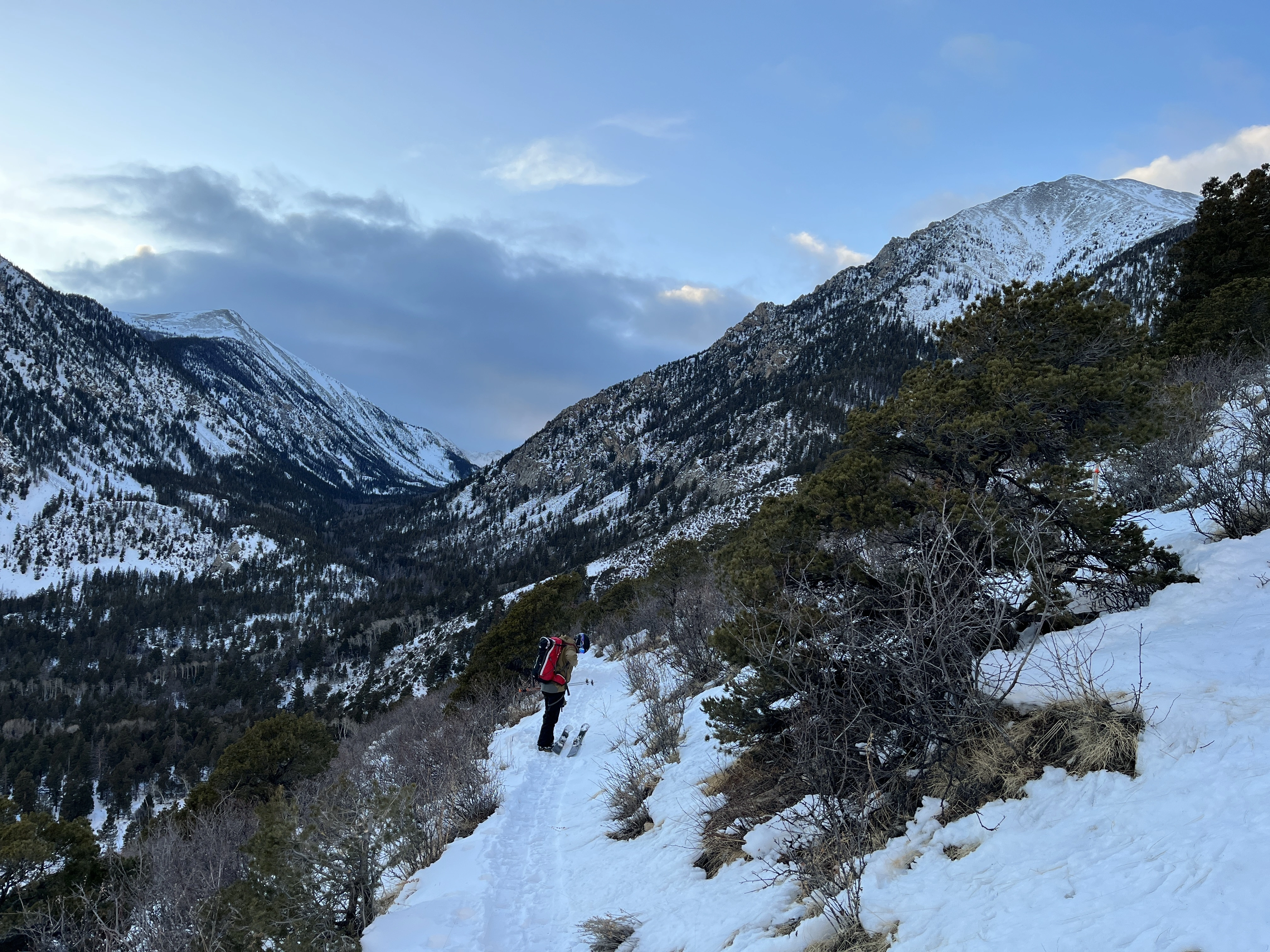
We all have those times when we are terrified in the moment but it makes a great story later.
Here is mine: "The white strip of doom" when you are cruising along a one-ish foot wide strip of snow with rocks and bushes on either side. Perhaps road rash from skiing is a rite of passage?
June skiing on Torrey's peak Colorado


Nearly a perfect day climbing Dead Dog Couloir and skiing down the Grays-Torreys saddle. We bailed on skiing the west facing couloir as the snow was starting to soften, but the north west slope was perfect.
Backcountry - A community for enthusiasts of skiing, snowboarding, and more outside of resorts.
For snow sports outside of the resorts. This community includes back country skiing, snowboarding, telemarking and more. Books Staying Alive in Avalanche Terrain by Bruce Tremper Backcountry Skiing: Skills for Ski Touring and Ski Mountaineering by Martin Volken, Scott Schell, and Margaret Wheeler AU...
All are welcome whether seasoned back country skiiers/snowboarders or just curious about self powered snow sports. Spring ski season is still going!
Great day of back country skiing on Mt. Shavano


Cross posting from backcountry since I am currently the only member. Wishing both communities the best as we deal with the transition!

